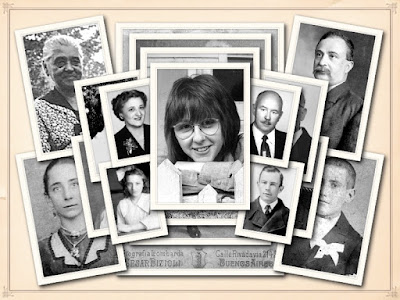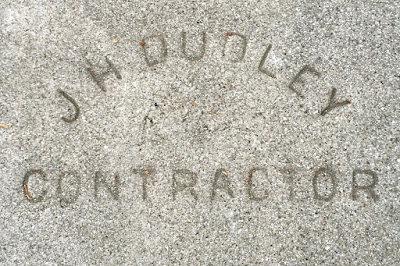March 10, 1933—A Day to Remember!
Wikipedia tells us that, “the 1933 Long Beach earthquake took place on March 10 at 5:54 P.M. PST with a moment magnitude of 6.4 and a maximum Mercalli intensity of VIII (Severe). An estimated forty million dollars’ worth of property damage resulted, and 115 people died. Many of these fatalities occurred as people ran out of buildings and were hit by falling debris.”
Credit: U.S. Geological Survey
California’s Department of Conservation has an entire webpage devoted to the Long Beach Earthquake of 1933 at http://www.conservation.ca.gov/cgs/News/Pages/LongBeach.aspx. Learn what the earthquake did to the city; why your ancestors never forgot March 10, 1933, if they lived in the area; and where links to photos of the devastation will take you online. The photo of Palmer’s Garage above gives an example of what happened to just one building!
If you have a special interest in the earthquake because your relatives were living in Long Beach at the time, check out the following webpages:
Southern California Earthquake Center: http://www.scec.org/education/030310longbeach.html.
If you have a special interest in the earthquake because your relatives were living in Long Beach at the time, check out the following webpages:
Southern California Earthquake Center: http://www.scec.org/education/030310longbeach.html.
Film footage of the destruction: https://archive.org/details/con_00002.
Juanita Lovret recalls her experience: http://www.ocregister.com/articles/tustin-291357-damage-house.html.
Post card pictures of the devastation: http://www.usgwarchives.net/ca/losangeles/postcards/ppcs-1933quake.html.
RESEARCH TIP: If one or more of your living relatives were children during the earthquake, or, if they can recall their parents’ reactions to the big shake, record their memories for an oral history project.































